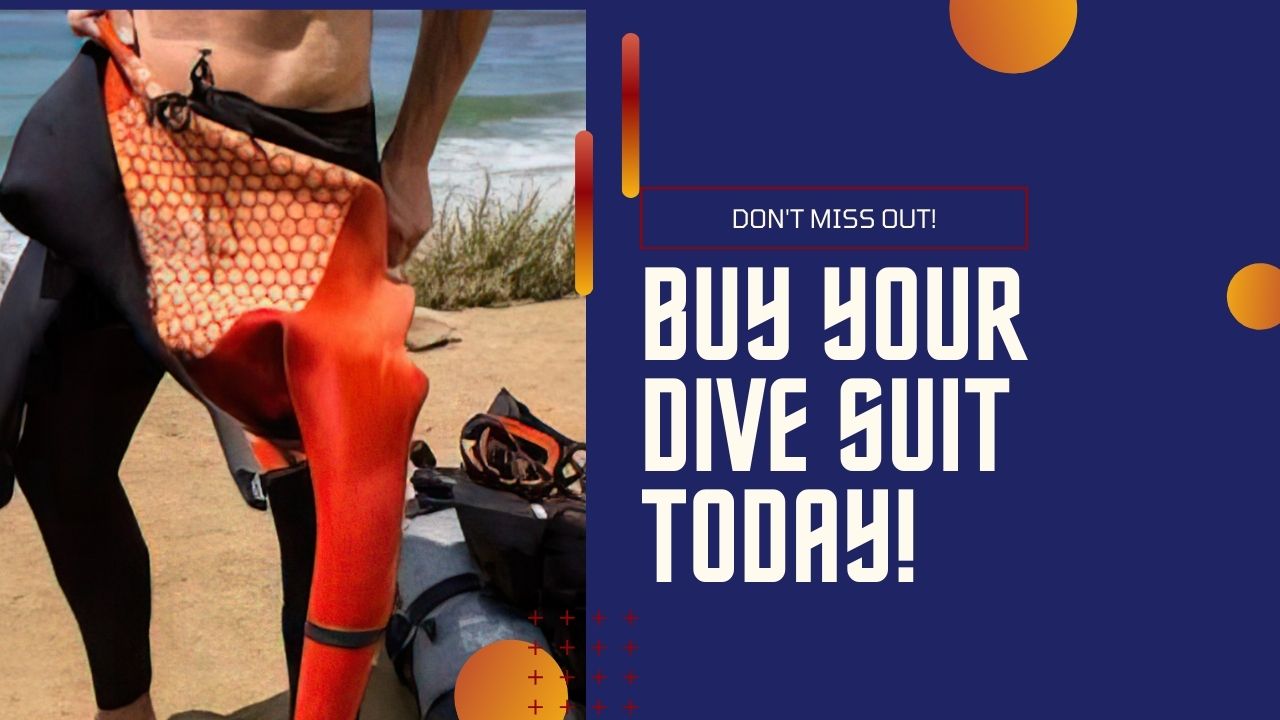You have 0 product(s) in your cart.
Abyss Scuba Diving
Ultimate Guide To Choosing The Perfect Diving Suit | 2024 Edition
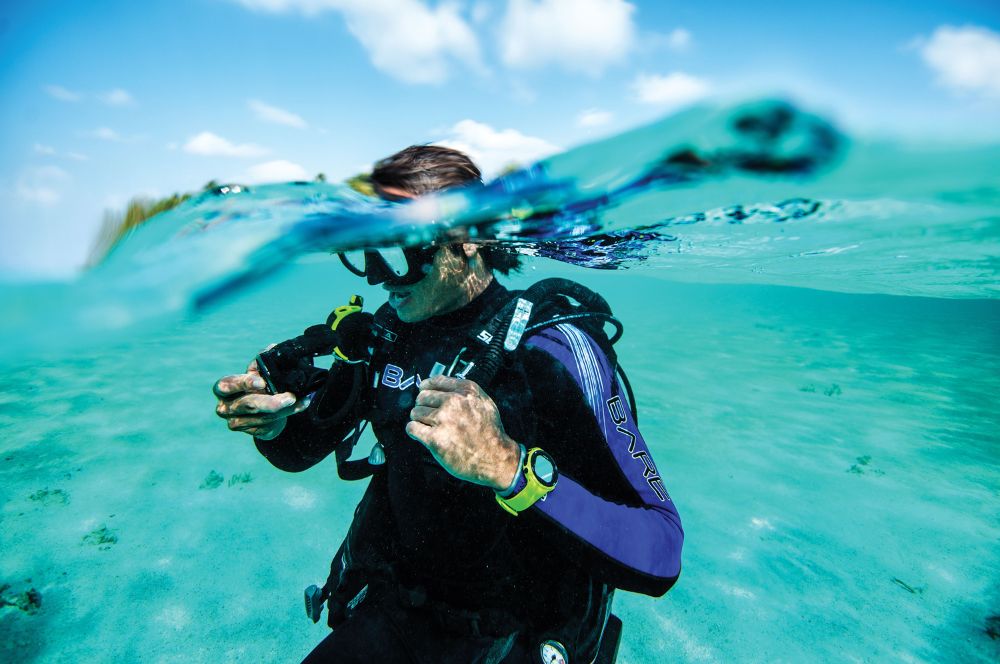
How to Choose the Perfect Diving Suit: Your Ultimate Guide
Scuba diving is an exciting and adventurous way to explore the underwater world. Still, your experience can be significantly impacted by your gear choice, especially when selecting the right wetsuit. A well-fitting wetsuit that meets your specific diving needs will keep you comfortable, warm, and safe, allowing you to make the most of your underwater excursions. In this blog post, we will discuss various factors to consider when choosing a scuba diving wetsuit, including the type of neoprene, lining material, stitching, panel design, flexibility, semi-dry wetsuits, zipper types, external layer, wetsuit types, thickness, and other essential factors. Let's dive in!
Ensuring the Perfect Fit and Comfort for Your Scuba Diving Wetsuit
When selecting a scuba diving wetsuit, comfort and fit are the two most crucial factors. Here's what you should focus on to ensure both:
1. Fit: A properly fitting wetsuit should be snug but not restrictive, allowing for a full range of motion during your dive. A wetsuit that is too tight can cause discomfort, restrict movement, and make it difficult to put on and take off. Conversely, a too-loose wetsuit will allow water to enter, reducing insulation and leading to a colder dive. To find the best fit and be 100% sure of it:
a. Visit a local dive centre and seek assistance from an experienced instructor (not just a salesperson) who can help you choose the right size and style based on your body measurements and diving needs.
b. Try on multiple sizes and brands, as the fit can vary between different wetsuits.
c. Test the wetsuit's fit by raising your arms, bending your knees, and performing other movements to ensure it doesn't restrict your motion.
d. Keep in mind that a brand new wetsuit might feel slightly tight and stiff initially, but it will loosen up and conform better to your body shape after your first dive or a few uses.
2. Comfort: To ensure a comfortable diving experience, consider the following factors:
a. Material: Choose a wetsuit with a soft and flexible neoprene material, such as gas injection neoprene, which offers better comfort and freedom of movement.
b. Lining: Opt for a wetsuit with a comfortable lining material that enhances warmth, like those featuring OMNIRED Technology or and other thermal linings.
c. Stitching: Look for wetsuits with smooth, flat seams that won't cause chafing or irritation during your dive. Glued and blindstitched seams or welded seams can offer better comfort and water resistance.
d. Zipper Type and Placement: Select a wetsuit with a zipper that is easily used and positioned in a comfortable location, such as a back zip with a long leash for easy access or a front zip for improved ease of entry and exit.
By focusing on the fit and comfort of your scuba diving wetsuit and seeking professional assistance at a dive centre, you can ensure a more enjoyable and safe diving experience. Remember that a new wetsuit may feel tighter and stiffer initially but will become more comfortable after a few dives.

Type of Neoprene for Scuba Diving Wetsuits
Neoprene is the primary material used in wetsuits and comes in two main types: chemical and gas injection neoprene.
-
Chemical Neoprene: Also known as standard neoprene, this type is made by mixing rubber with various chemicals, creating a foam that provides insulation and buoyancy. Chemical neoprene is generally more affordable but may not offer the same level of performance as gas injection neoprene. Many of the cheaper chemical neoprenes collapse in thickness after just a couple of deep dives.
-
Gas Injection Neoprene: This type of neoprene is created by injecting nitrogen gas into the rubber mixture, resulting in a lighter, more flexible, and warmer material. Gas injection neoprene is often found in higher-end wetsuits and is more expensive but can significantly enhance your scuba diving experience.
When selecting the right neoprene for your wetsuit, consider your budget, diving frequency, and performance requirements. If you dive often or in colder waters, investing in a gas-injection neoprene wetsuit may be worth it. To determine whether a wetsuit is made from chemical neoprene or gas injection neoprene, you can:
-
Check the product description or specifications provided by the manufacturer or retailer, which may mention the neoprene type directly or use specific terms like "closed-cell neoprene" or "microcell neoprene," usually referring to gas injection neoprene.
-
Consider the brand and price, as high-end wetsuits from reputable brands are more likely to use gas injection neoprene, which is generally more expensive than chemical neoprene.
-
Examine the feel and appearance of the material, as gas injection neoprene usually feels lighter and more flexible than chemical neoprene and may have a more uniform appearance.
-
Reach out to the retailer or manufacturer for clarification if you're unsure about the type of neoprene used in a specific wetsuit.
Scuba Diving Suit Lining Material
A wetsuit's lining material enhances comfort, warmth, and flexibility. Standard lining materials include polyester and nylon, which are lightweight and quick-drying. However, new technologies like OMNIRED have been introduced to improve wetsuit performance further.
OMNIRED Technology is an innovative lining material that uses infrared to reflect body heat towards the wearer, providing warmth and improved blood circulation. While wetsuits with OMNIRED Technology may be more expensive, they can offer significant benefits, particularly for divers who frequently explore colder waters.
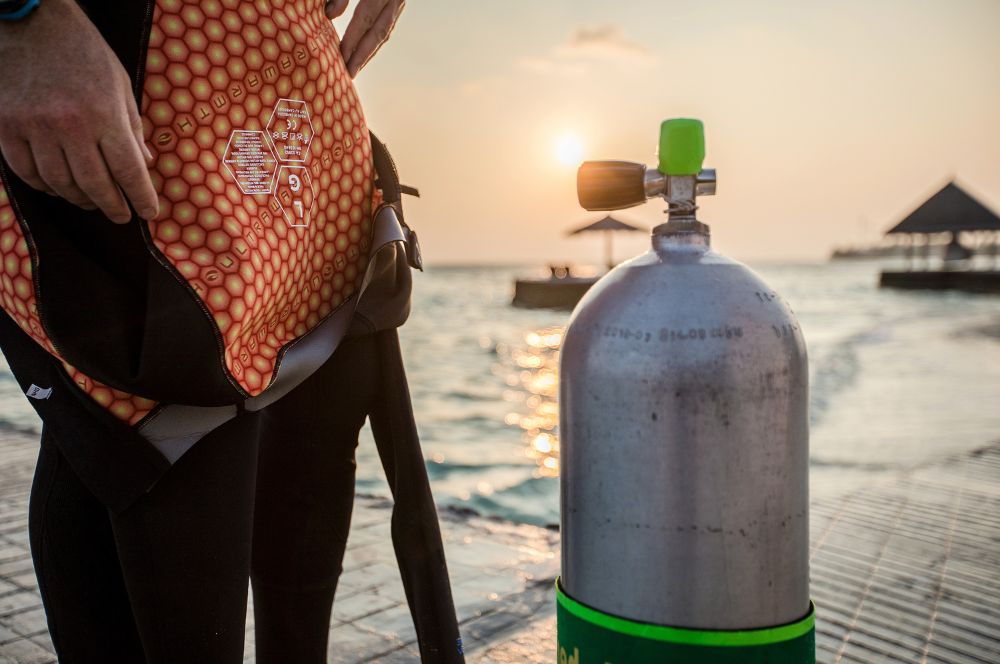
Type of Stitching
The type of stitching used in a wetsuit will impact its durability, flexibility, and ability to keep water out. There are four main types of stitching to consider:
1. Flatlock Stitching: This method involves overlapping two panels of material and stitching them together, creating a flat seam. Flatlock stitching is suitable for warmer water temperatures, allowing some water to seep through the seams.
2. Blind Stitching: Blind stitching involves gluing the edges of two panels together, and then sewing them without puncturing the outer layer of the neoprene. This method creates a watertight seam, making it ideal for cold water diving.
3. Glued and Blind Stitching (GBS): Combining the benefits of both blind stitching and gluing, GBS offers an even more watertight seam, providing excellent thermal insulation.
4. Liquid-Sealed Stitching: This method involves applying a liquid rubber or urethane layer over the seams, creating a flexible and watertight barrier. Liquid-sealed stitching is found in high-end wetsuits and offers the best protection against water entry.
When choosing the best stitching option for your wetsuit, consider the water temperature and your desired level of flexibility and durability.
Number of Panels
The number of panels in a wetsuit refers to the individual pieces of neoprene sewn together
to create the final product. Panel design can greatly impact a wetsuit's fit, flexibility, and overall performance.
Wetsuits with fewer panels often provide a better fit and enhanced flexibility, as there are fewer seams to restrict movement. However, this can come at the cost of increased water entry through the seams, an issue in colder water temperatures.
Wetsuits with more panels can offer a more customized fit, but they may be less flexible due to the increased number of seams. A higher number of panels can also result in a more durable wetsuit, as stress is more evenly distributed across the seams.
When choosing a panel configuration for your wetsuit, consider your scuba diving conditions and preferences for fit and flexibility.
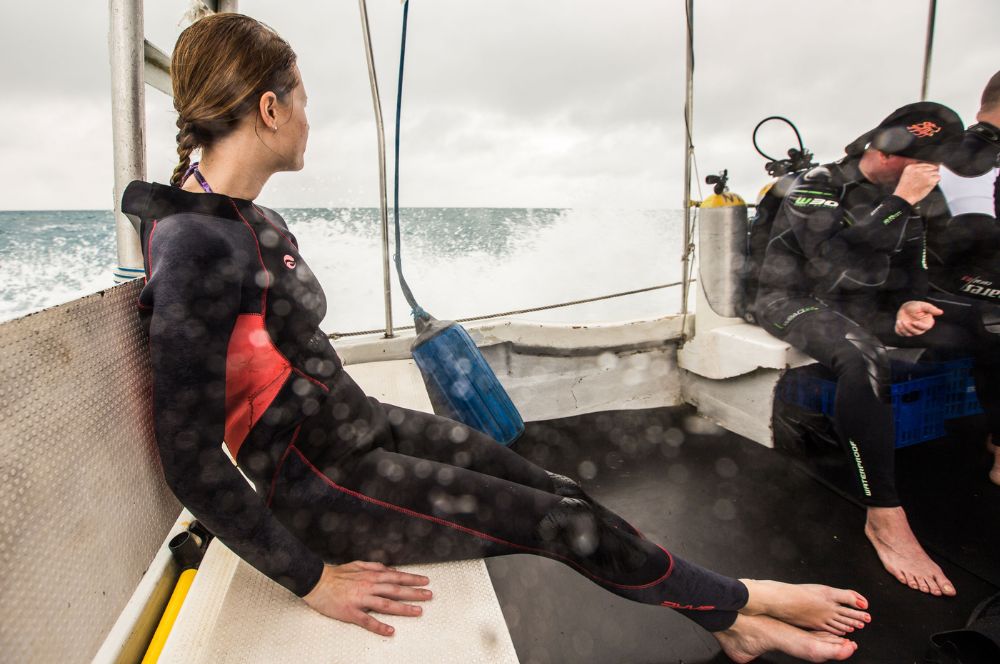
The flexibility of Material
Flexibility is crucial in a scuba diving wetsuit, as it directly impacts your mobility and comfort underwater. More flexible materials allow for a greater range of motion, making maneuvering easier and reducing fatigue during long dives.
Factors that influence a wetsuit's flexibility include the type of neoprene, lining material, and panel design. When evaluating flexibility, pay attention to areas like the shoulders, elbows, and knees, which require a greater range of motion. Trying on a wetsuit and testing its flexibility in different positions is an excellent way to find the best option.
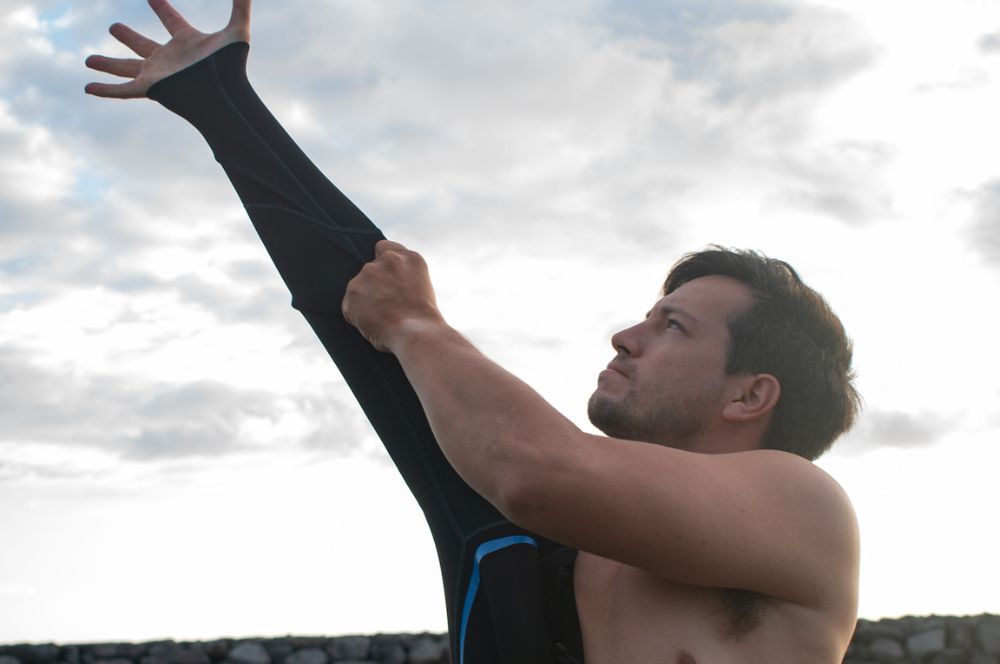
Type of Zippers
Zippers play a crucial role in wetsuit design, affecting the ease of putting on and removing the suit and its overall fit and water resistance. There are three main types of zippers to consider:
1. Back Zippers: This traditional zipper design runs vertically along the spine and is easy to use. However, it can limit flexibility in the back area and may cause discomfort when scuba diving.
2. Front Zippers: They offer increased flexibility and are more comfortable to wear, as they don't interfere with the spine. However, they can be more challenging to put on and take off.
3. Diagonal and Shoulder Zippers: These zippers balance ease of use and flexibility. They typically run diagonally across the chest or over the shoulder, allowing for a better range of motion and increased comfort.
When choosing the best zipper for your wetsuit, consider your comfort, ease of use, price and flexibility preferences.
External Layer
The external layer of a wetsuit can impact its performance, durability, and hydrodynamics. There are two main options for the external layer:
1. Smoothskin: This material is smooth and rubbery, providing excellent hydrodynamics and reducing drag in the water. Smoothskin is often used in high-end wetsuits but may be more susceptible to damage from scratches and punctures.
2. Nylon or Other Fabric: A fabric external layer offers increased durability and resistance to damage, but it may not be as hydrodynamic as smoothskin.
Consider your diving environment and the importance of hydrodynamics and durability when selecting an external layer for your wetsuit.
Types of Scuba Diving Wetsuits
There are several types of wetsuits to choose from, each with its own
benefits and drawbacks, depending on your scuba diving needs:
1. Shorties: Shorties suits are wetsuits with short sleeves and legs, offering minimal coverage and insulation. They are ideal for warm water diving and are lightweight and easy to put on and take off.
2. Springsuits: Springsuits have long sleeves and short legs or vice versa, balancing coverage and flexibility. They are suitable for warm water temperatures and offer greater protection from sun and abrasions than shorties.
3. Full suits: Full-length full suits cover the entire body, including arms and legs, providing maximum insulation and protection. They are ideal for colder water temperatures, winter, and extended dives in cold waters.
4. Semi-Dry wetsuits:
Semi-dry wetsuits are designed to provide increased thermal insulation compared to traditional wetsuits. They feature sealed seams, tight-fitting wrist and ankle seals, and often include a built-in hood. Semi-dry wetsuits minimize water entry and circulation, allowing you to stay warmer in cold waters.
While semi-dry wetsuits are more expensive than standard wetsuits, they offer significant benefits for divers who frequently explore colder waters. Considering a semi-dry wetsuit, weigh the pros and cons against your diving habits and preferences.
5. Farmer Johns: These wetsuits consist of sleeveless long johns worn under a separate jacket, offering increased insulation while allowing flexibility. Farmer Johns is suitable for various water temperatures and can be easily adjusted to suit your needs.
When choosing the best type of wetsuit for your diving needs, consider the water temperature, your desired level of insulation and protection, and your personal preferences for fit and flexibility.
Thickness and Water Temperature Guide
The thickness of your wetsuit plays a significant role in its ability to keep you warm during dives. Thicker wetsuits offer greater insulation, while thinner wetsuits provide increased flexibility. Here is a general guide to help you choose the right wetsuit thickness based on water temperature:
- Above 24°C: 1mm to 2mm
- 21-24°C: 2mm to 3mm
- 16-21°C: 3mm to 5mm
- 10-16°C: 5mm to 7mm
- Below 10°C: 7mm and above
Remember that individual preferences and tolerance to cold may vary, so you should tailor your wetsuit thickness to your comfort level.
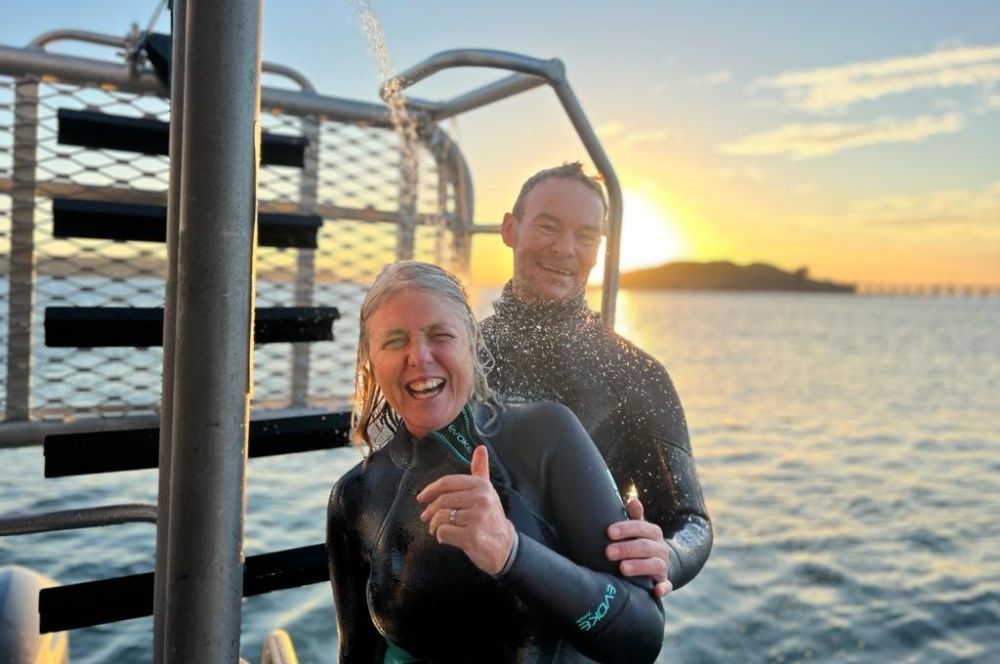
Other Factors to Consider
When selecting a diving wetsuit, there are additional factors to consider, including:
1. Fit and sizing: Proper fit is essential for comfort, insulation, and mobility. Wetsuits should be snug but not restrictive, allowing for a full range of motion. Consult sizing charts and try on multiple sizes to find the best fit.
2. Personal style and colour options: While functionality should be the priority, personal style and colour preferences may also play a role in your wetsuit selection. Choose a wetsuit that reflects your personality and makes you feel confident underwater.
3. Price and brand reputation: Consider your budget when selecting a wetsuit and research the price and reputation of various brands to ensure you get a quality product. Investing in a higher-quality wetsuit can pay off in the long run, as it may last longer and provide better performance.
4. Availability of accessories: Some wetsuits come with built-in hoods, gloves, or boots, while others require separate accessories. Consider the availability and compatibility of these accessories when selecting a wetsuit.
In conclusion, selecting the ideal diving wetsuit requires careful consideration of multiple factors, such as the type of neoprene, lining material, stitching, panel design, flexibility, semi-dry wetsuits, zipper types, external layer, wetsuit types, and thickness. However, above all, it's essential to prioritize the comfort and fit of your wetsuit to ensure an enjoyable and safe diving experience.
By visiting a local dive centre and seeking professional assistance from experienced instructors, you can find a wetsuit that meets your specific diving needs and fits snugly and comfortably. Remember, a well-fitting wetsuit will conform to your body, provide proper insulation, and allow for a full range of motion underwater.
Taking the time to research, evaluate, and try on various wetsuits focusing on comfort and fit will ultimately make you the perfect choice for your diving adventures. So, equip yourself with the knowledge outlined in this blog, and embark on a journey to discover the wonders of the underwater world with confidence and comfort. Happy diving!
RELATED POSTS
-
Sydney Winter Diving: Stay Warm with…
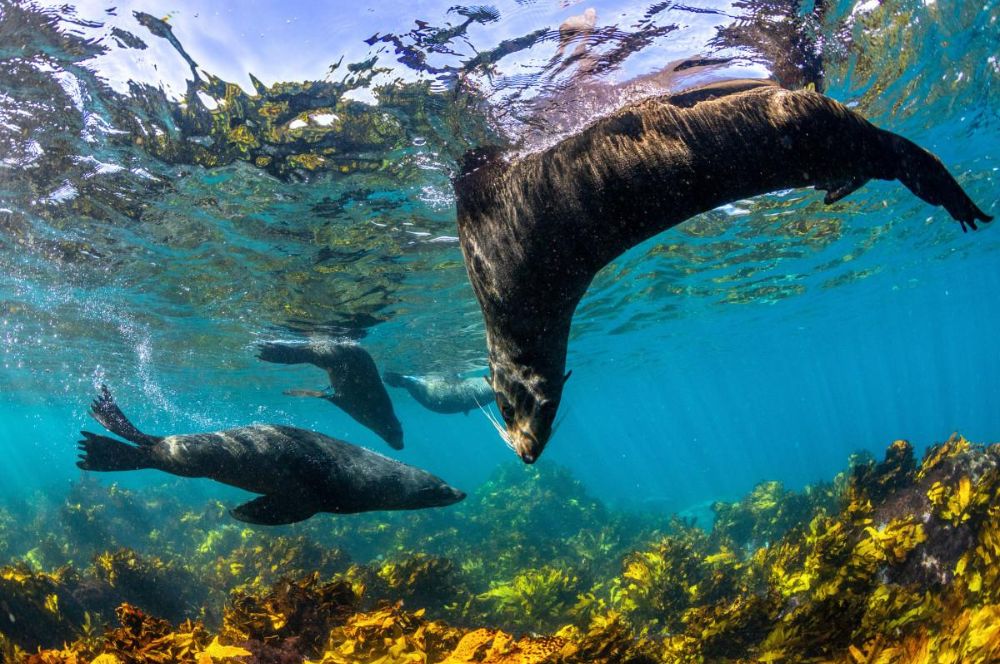
Sydney Winter Diving:…
Experience Sydney's Winter Underwater Wonders: Dive with Comfort & Style Using BARE Ultrawarmth & […] -
How long do wetsuits last?

How long do wetsuits…
How long do wetsuits last? This should help to dispel some myths - wetsuits do not need to be replaced every […] -
Do You Find It Hard To Get Your Wetsuit…
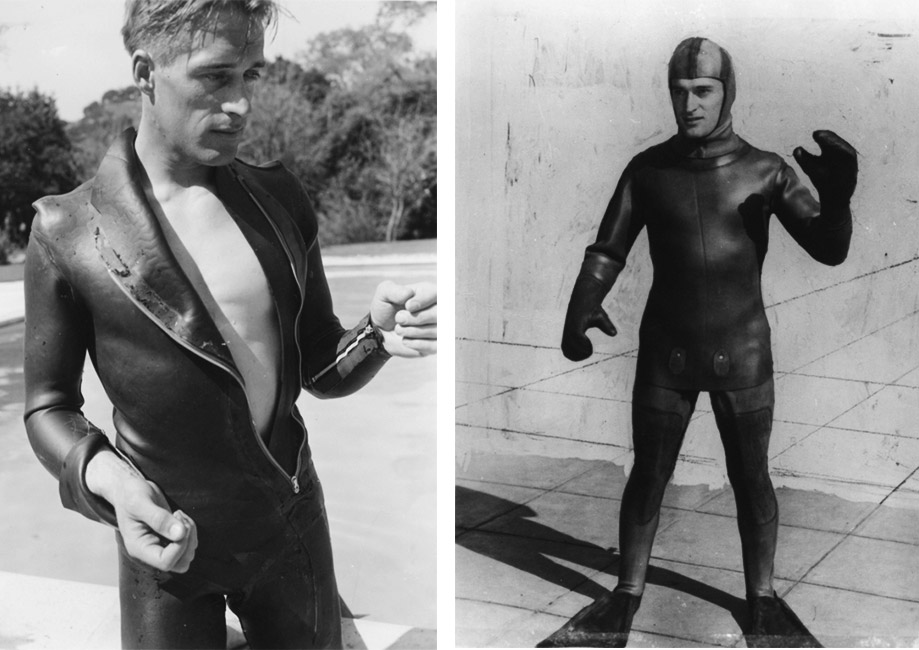
Do You Find It Hard…
Wetsuits do need to be tight. Put simply a wetsuit works by trapping a small amount of water between the […] -
Can I use my Scuba Diving wetsuit for…
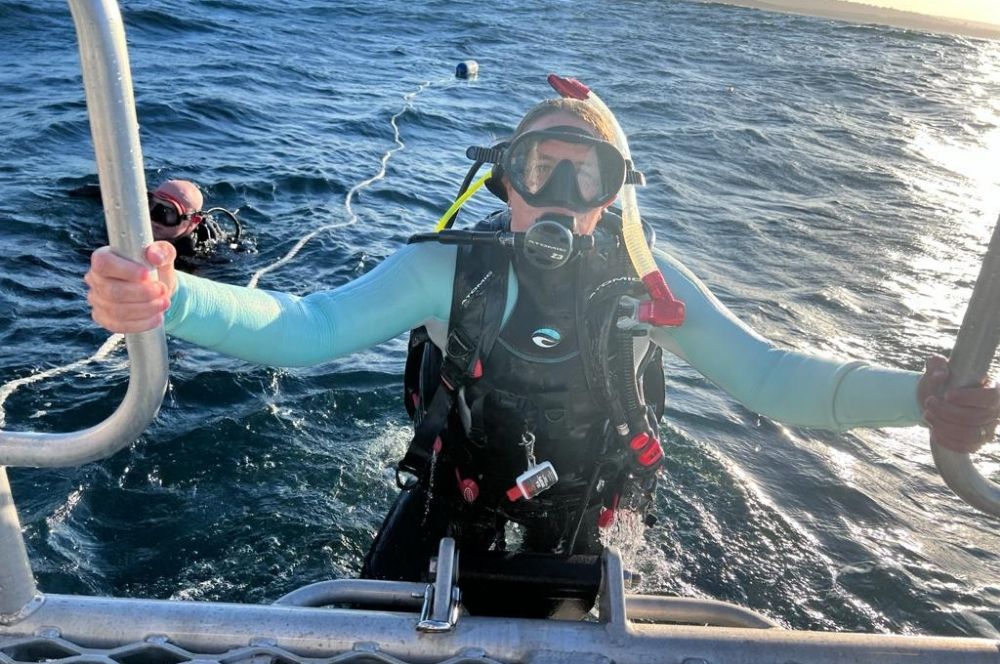
Can I use my Scuba…
The simple answer, Yes. However, it’s important to understand the differences between the two. Unlike […]
Recent Posts
